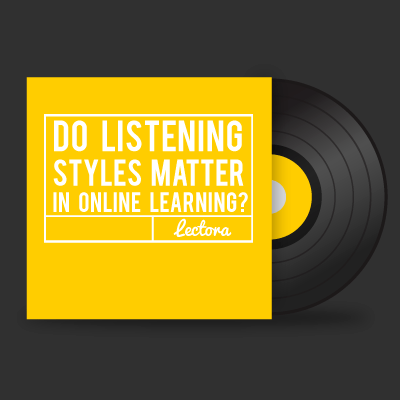Try to spot the listening styles in this workplace scenario
Susie: Can I talk to you about something, Bob?
Bob: *Checks watch* I have a meeting in 5 minutes, so make it quick.
Susie: Oh, well, I was just thinking about some ways to improve office morale. Maybe a potluck or some teambuilding activities like laser tag night or getting a group together to run in the Susan G. Komen Race for the Cure next month or—”
Bob: Okay, Susie, I don’t have time for this. Just email me a list later, all right?
Susie: Oh sorry, of course…
Does it sound like anything was accomplished through this conversation? No, because neither party was truly listening to each other. Bob is an example of a time-oriented listener, while Susie clearly is not.
Confused?
Let’s talk about listening styles
There are many different ways of categorizing listening styles, types, sub-styles, etc. But let’s focus on the four categories represented by the PACT acronym. That is, People-, Action-, Content- and Time-oriented. These indicate an individual's predominant listening preferences; however, most people choose contextually.
Larry L. Barker, Ph.D., originally outlined these styles in 1971, and psychologists have continued to study these styles and further develop the profiles since then. The definitions below are taken from his work. You can use this information to engage learners with different listening styles in your e-Learning.
People-oriented
People-oriented listeners show a strong concern for others and their feelings. They are external in focus, getting their energy from others and find much meaning in relationships, talking about “we” more than “you” or “they."
Strategies for engaging people-oriented listeners:
- Use realistic characters and scenarios to make points—Check out this blog for tips on building scenarios: Building Scenario-Based e-Learning Courses
- Emphasize how job tasks support the entire team
Content-oriented
Content-oriented listeners are interested more in what is said rather than who is saying it or what they’re feeling. They assess people more by how credible they are and will seek to test expertise and truthfulness.
Strategies for engaging content-oriented listeners:
- Provide statistics that show why this learning is necessary
- Quote credible experts
- Include charts and graphs to visualize information
Action-oriented
Action-oriented listeners are interested first on what will be done, what actions will happen, when and who will do them.
Strategies for engaging action-oriented listeners:
- Keep main points to three or fewer
- Use lots of bullet points—Learn how to chunk your content in this blog: 4 Benefits (and Tips) for Content Chunking
- Minimize content on each slide, so learners feel like they’re progressing faster
Time-oriented
People who are time-oriented have their eyes constantly on the clock. They organize their day into neat compartments and will allocate time for listening, though will be very concerned if such sessions over-run.
Strategies for engaging time-oriented listeners:
- On the intro page, tell learners how long the course will take to complete
- Include a progress bar, so they can visualize their timeline—Here’s a video on how to create a progress bar: Incorporate a Progress Bar in Your Lectora® e-Learning Course
What kind of listening style are you? You can use that as a starting point when designing your e-Learning, but don’t forget to think about learners who prefer other listening styles.
For more learning insights, free resources and e-Learning goodies, subscribe to the Lectora e-Learning Blog.









